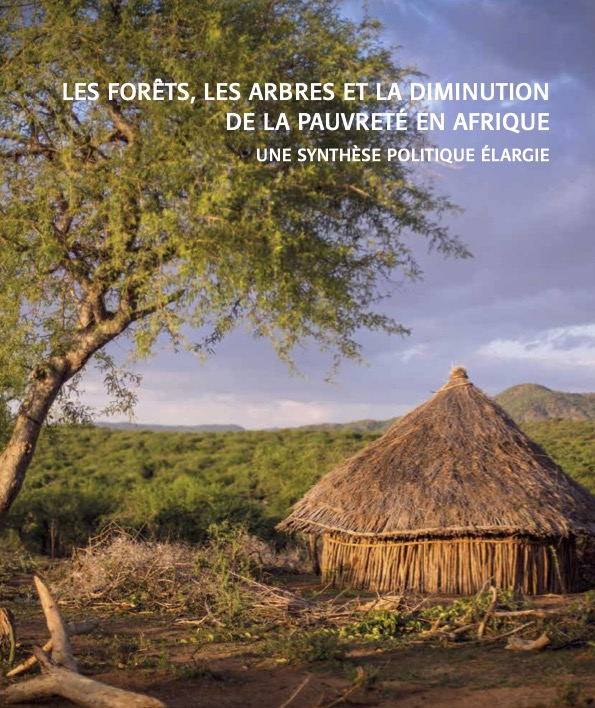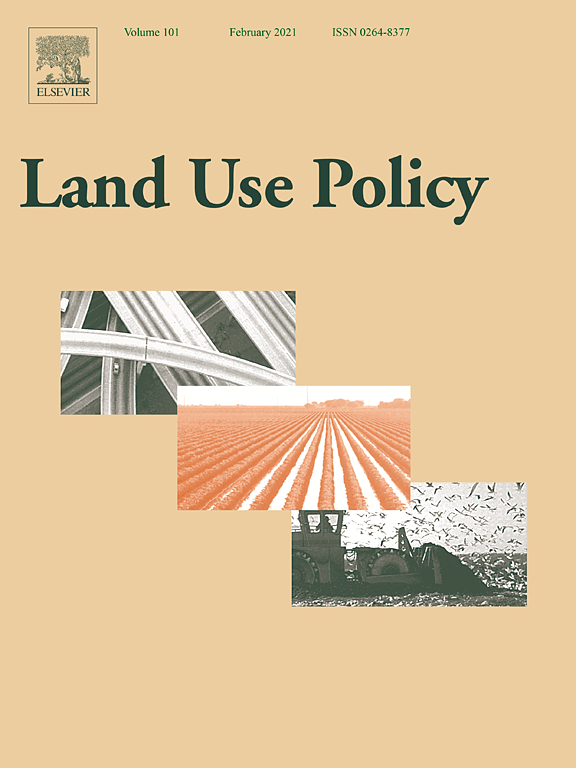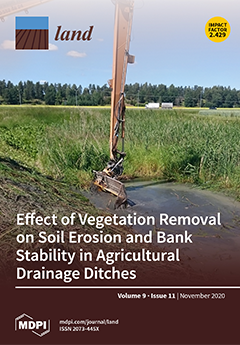The severity of the population dislocation and destruction of housing, land and property (HLP) in the Ukraine war has driven efforts for starting reconstruction planning prior to the war's end. This comes with the realization that re-covery will entail considerable preparation, including ef…
Ukraine is poised to transform the process of housing, land and property (HLP)
restitution and compensation after wars. The Russian invasion of Ukraine has displaced
more than 13.5 million people (UNHCR 2023) and created massive destruction and
damage to the country’s HLP.…
With over 14 million people now displaced from their housing, land, and property (HLP) in Ukraine there is considerable concern about the reconstruction and restitution process. This is particularly significant in Ukraine given that destruction of HLP appears a purposeful effort on the part of…
Land degradation neutrality (LDN) has been defined by the Parties to the Convention as: A state whereby the amount and quality of land resources, necessary to support ecosystem functions and services and enhance food security, remains stable or increases within specified temporal and spatial…
Malgré la richesse en ressources naturelles, la pauvreté reste un défi majeur dans les pays d'Afrique. Le continent abrite 70 % des personnes extrêmement pauvres du monde, dont beaucoup dépendent souvent des forêts, des arbres et des services écosystémiques qu'ils fournissent pour…
<em> La sixième édition du Rapport 2021 sur l'écart entre les besoins et les perspectives en matière d'adaptation aux changements climatiques : la tempête qui se lève, examine comment le monde s'adapte à ces impacts croissants.</em>
Le rapport constate qu'il…
The present Guidelines form part of a joint effort by the Food and Agriculture Organization of the United Nations (FAO) and the Deutsche Gesellschaft für internationale Zusammenarbeit (GIZ) to help countries achieve indicator 5.a.2 of Target 5.a in the 2030 Agenda for Sustainable Development…
The present Guidelines form part of a joint effort by the Food and Agriculture Organization of the United Nations (FAO) and the Deutsche Gesellschaft für internationale Zusammenarbeit (GIZ) to help countries achieve indicator 5.a.2 of Target 5.a in the 2030 Agenda for Sustainable Development…
Low-intensive agricultural areas of Romania sustain high species diversity. Together with natural habitats, these areas are very important for European biodiversity. The ecosystem´s health is reflected in the predator status because of their position at the top of the trophic networks. The…
Dachas (collective gardens with summer houses in post-Soviet countries) is one of the most common features of peri-urban landscapes within the region that is the erstwhile USSR, with dacha conglomerates constituting half of the areas in the exurbs of major cities. In Belarus, Russia and Ukraine…
Women’s economic empowerment is essential in promoting equality between women and men and is a precondition for sustainable development.
To promote economic empowerment of rural women through the support of women entrepreneurship, it is crucial that women are informed about property rights…
Allotment gardens are quite common in many European countries. In particular, they are an important part of the urban space in Central and Eastern Europe. They served to improve the inhabitants’ physical and mental well-being during the communist period and relieved the family budget thanks to…






